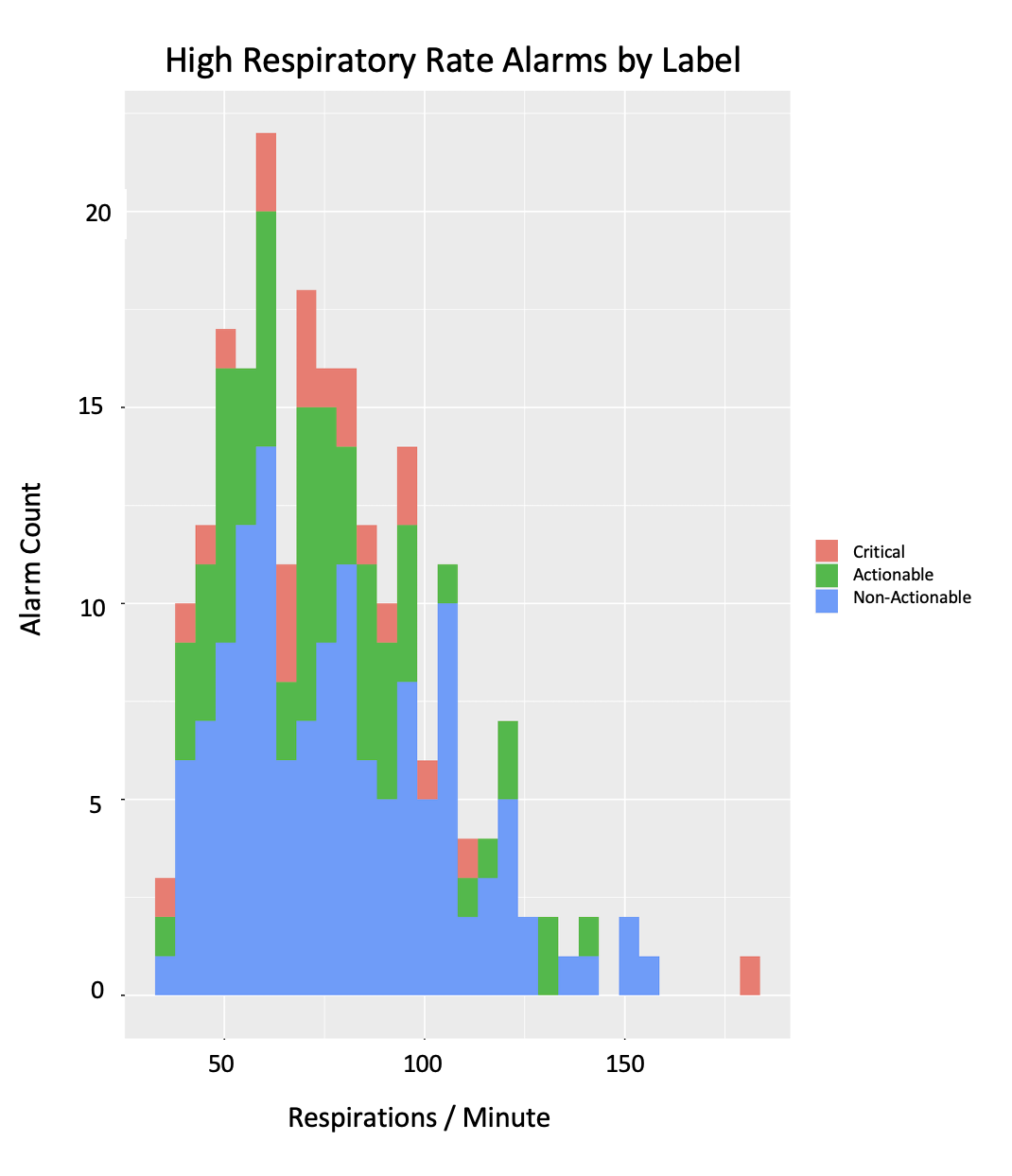Critical Care
Session: Critical Care 2
126 - Implementation of an ICU Alarm Labeling System in Combating Alarm Fatigue
Monday, May 6, 2024
9:30 AM - 11:30 AM ET
Poster Number: 126
Publication Number: 126.2855
Publication Number: 126.2855

Amber McFerren, B.S. (she/her/hers)
Medical Student
University of Rochester School of Medicine and Dentistry
Rochester, New York, United States
Presenting Author(s)
Background: Healthcare providers, especially in critical care settings, are exposed to an overwhelming number of alarms. Oftentimes, these alarms do not warrant provider action and merely lead to distraction and interruption. In the study, we implemented a novel button-press monitoring system that allows staff to label alarms in real-time based on whether the alarms warrant physician action to identify alarms that are most pertinent to patient care.
Objective: To determine the feasibility of our button-press monitoring system and investigate biases.
Design/Methods: In 28 PICU rooms at an academic children’s hospital, we installed a three-button system for labeling alarms either “critical,” “actionable,” or “non-actionable.” Non-actionable alarms were defined as those that did not warrant a change in patient care. Our monitoring system would record the alarm type, value, and the assigned label. In the study, 659,762 alarms between May 25 and July 5, 2021 were analyzed.
Results: Consistent with anecdotal reports, we found that the high respiratory rate alarm was most common, and it was less likely to be labeled as critical (p < 2.2e-16). However, even with this alarm, 39.5% of the alarms were labeled as actionable or critical which prompted our investigation into potential biases. We found that when the respiratory rate increased by 10 respirations/min, there was a 7.29% higher likelihood of labeling (p = 0.0027). Additionally, when the O2 saturation decreased by 10%, there was a 9.95% higher likelihood of labeling (p = 3.88e-06).
Conclusion(s): According to our data, providers were disproportionately labeling the alarms for more extreme values. Therefore, attempting to estimate the proportion of alarms that are actionable based on this dataset will likely yield biased results by underestimating the non-actionable alarms. Although this analysis has highlighted an important area of bias, the vast number of labeled alarms confirms that a button-press alarm labeling system is a feasible, novel method of monitoring alarms.
.png)

